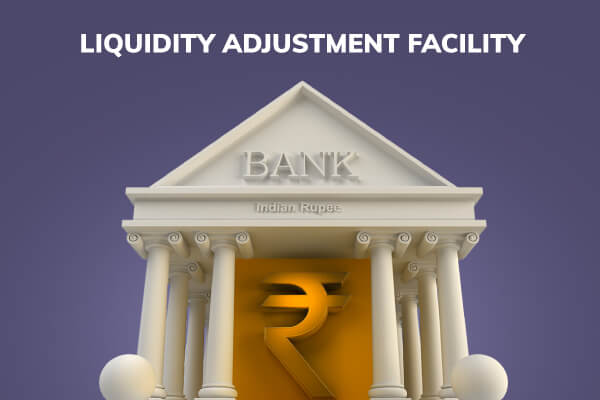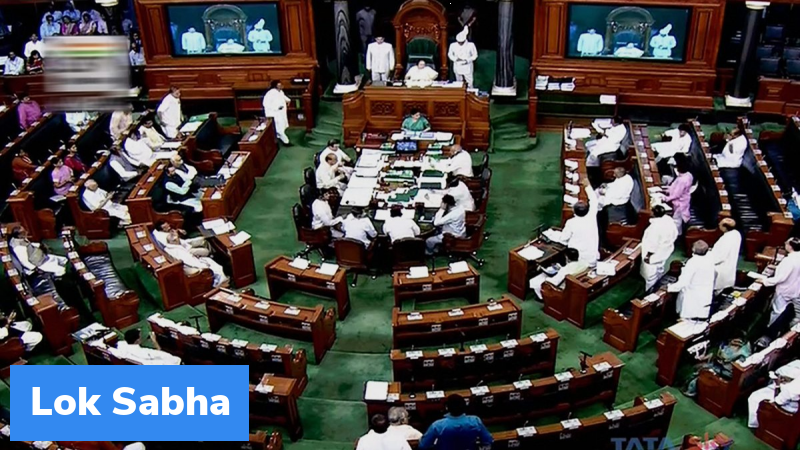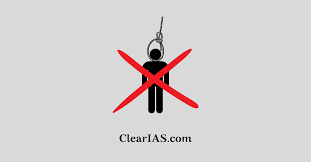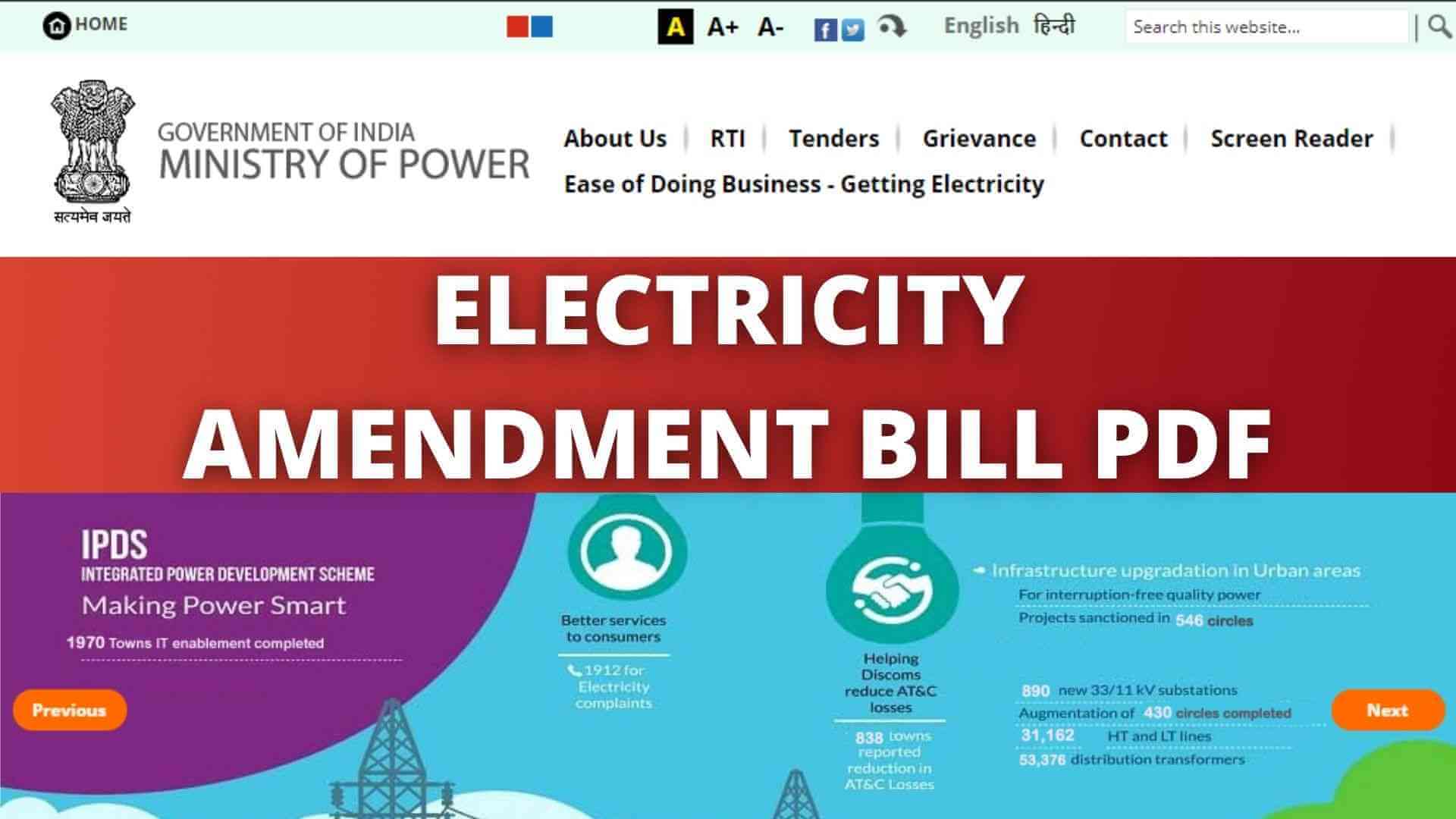LIQUIDITY ADJUSTMENT FACILITY
Why in News? :
The RBI injected Rs 72,860.7 crore of liquidity into the banking system in October 2022, the highest since April 2019 after liquidity condition tightened on higher demand for credit during the festival season.
- It is the central bank’s intervention in the foreign exchange market to curb volatility in the rupee.
What is Liquidity?:
Liquidity in the banking system refers to readily available cash that banks need to meet short-term business and financial needs.
- On a given day, if the banking system is a net borrower from the RBI under Liquidity Adjustment Facility (LAF), the system liquidity is said to be in deficit. If the banking system is a net lender to the RBI, the liquidity is said to be in surplus.
What is LAF? : It is a monetary policy tool used in India by the RBI through which it injects or absorbs liquidity into or from the banking system.
- It was introduced as a part of the outcome of the Narasimham Committee on Banking Sector Reforms of 1998.
- LAF has two components - repo (repurchase agreement) and reverse repo. When banks need liquidity to meet its daily requirement, they borrow from RBI through repo. The rate at which they borrow fund is called the repo rate. When banks are flush with fund, they park with RBI through the reverse repo mechanism at reverse repo rate.
- It can manage inflation in the economy by increasing and reducing the money supply.
- LAF is used to aid banks in resolving any short-term cash shortages during periods of economic instability or from any other form of stress caused by forces beyond their control.
- Various banks use eligible securities as collateral through a repo agreement and use the funds to alleviate their short-term requirements, thus remaining stable.
- The facilities are implemented on a day-to-day basis as banks and other financial institutions ensure they have enough capital in the overnight market.
- The transacting of liquidity adjustment facilities takes place via an auction at a set time of the day.
What is Monetary Policy?
It refers to the policy of the central bank with regard to the use of monetary instruments under its control to achieve the goals specified in the Act.
- The primary objective of the RBI’s monetary policy is to maintain price stability while keeping in mind the objective of growth.
- Price stability is a necessary precondition to sustainable growth.
- The amended RBI Act, 1934 also provides for the inflation target (4% +-2%) to be set by the Government of India, in consultation with the Reserve Bank, once in every five years.
Monetary Policy Tools:
- Cash Reserve Ratio (CRR).
- Statutory Liquidity Ratio (SLR).
- Bank Rate.
- Standing Deposit Facility (SDF).
- Marginal Standing Facility (MSF).
- Cash Reserve Ratio (CRR).






.jpg)
.jpg)
.jpg)





